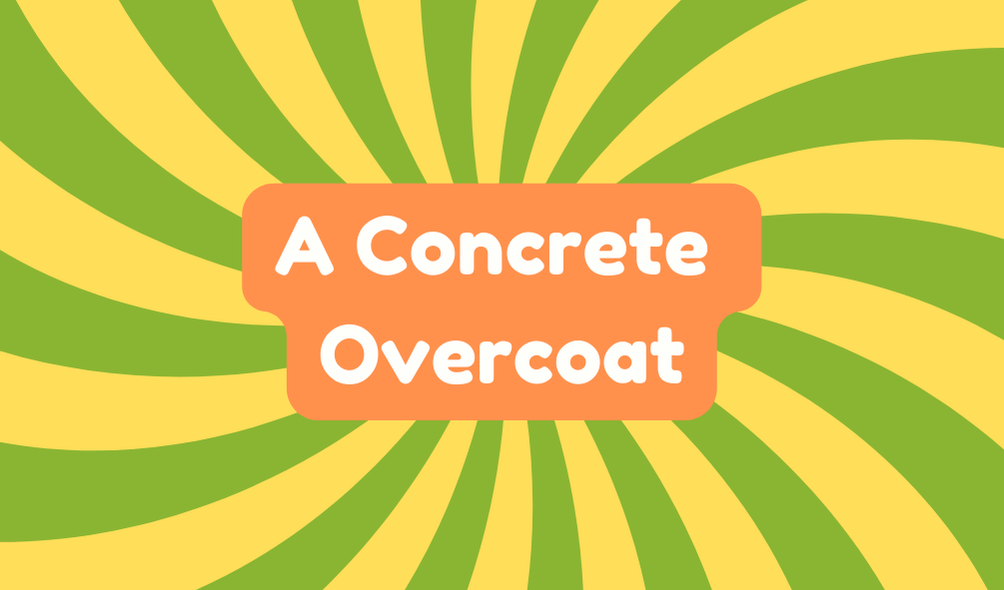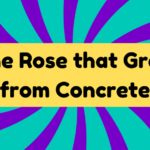A concrete overcoat symbolizes the dark side of organized crime, representing a method for disposing of bodies under concrete. The term originated in the 1920s, illustrating the violent realities of gangsters. Similar expressions, like "cement shoes" and "sleeping with the fishes," convey themes of punishment and disappearance. This phrase reflects humanity's troubling tendencies and is relevant today, resonating in modern slang and popular culture. Those curious can explore the deeper implications and history behind such terms.
Synonyms
The phrase "concrete overcoat" finds itself nestled among a variety of synonyms that reflect the same dark undertones of organized crime and death. Its alternate phrases not only serve a functional purpose but also possess a cultural significance that evokes the grim realities of mobster lore. Importantly, three prominent expressions include:
- Cement shoes – A harrowing image of punishment.
- Sleeping with the fishes – A macabre metaphor for disappearance.
- Chicago overcoat – A regional nod to organized crime.
Each term encapsulates a chilling narrative, reshaping language to articulate the complexities of mortality and the underbelly of society.
Example of Sentences
Various expressions related to the phrase "concrete overcoat" reveal the darker facets of language rooted in organized crime. These sentence examples showcase the phrase's usage contexts:
- "The missing mobster was rumored to have received a concrete overcoat for his betrayal."
- "In the dimly lit bar, whispers of concrete overcoats slipped from anxious lips."
- "During the investigation, detectives stumbled upon a file filled with references to concrete overcoats."
Origin
Originating from the criminal underworld of the 1920s, the phrase "concrete overcoat" captures the grim reality of mob culture, where foul play often resulted in dire consequences. This slang term reflects the era's gangster mindset, signifying bodies concealed beneath concrete to elude detection. Its roots lie deep in America's turbulent history, underscoring the violent narratives entwined with organized crime.
| Term | Meaning |
|---|---|
| Concrete overcoat | A euphemism for a coffin |
| Chicago overcoat | Another term for a body buried |
| Cement shoes | Weights used to sink victims |
| 1920s slang | Reflects gangster culture |
Collocations
Collocations surrounding the phrase "concrete overcoat" provide insight into the language of organized crime and its associations. This phrase encapsulates a grim humor while highlighting the darker aspects of mobster culture. Understanding its use requires familiarity with related terms and their implications:
- "Cement shoes" – a method of ensuring silence in the underworld.
- "Sleeping with the fishes" – another euphemism for disposal of bodies.
- "Chicago overcoat" – historical term reflecting a specific regional slang.
These collocations illuminate the intricate relationship between language and the reality of criminal life, revealing the cultural narratives woven by violence, secrecy, and fear that persist in society.
How to Use in Everyday Language
The phrase "concrete overcoat" serves as a vivid example of how language reflects the darker aspects of society, particularly in relation to organized crime. In modern slang, this term can be adapted into everyday usage to convey a sense of finality or hidden consequence, often humorously or ironically.
| Context | Example Usage |
|---|---|
| Casual conversation | "That plan went south; it's a concrete overcoat." |
| Pop culture reference | "He's out of the picture; call it a concrete overcoat." |
| Dark humor | "After that episode, it's clear he got the concrete overcoat." |
| Metaphorical expression | "This deal feels like a concrete overcoat." |
Why Is It Still Relevant Today?
Relevance in language often lies in its ability to connect people to shared histories and cultural narratives. The phrase "concrete overcoat," rooted in crime culture, serves as a reminder of humanity's darker tendencies. Even today, it resonates within modern slang, illustrating the persistent allure of organized crime in popular media. It prompts reflection on societal values and the normalization of violence. While its origins evoke gritty imagery, this phrase uncovers deeper questions about morality and authenticity. As language evolves, phrases like these offer critical insights into the human experience and the implications of our shared history with crime and justice.







